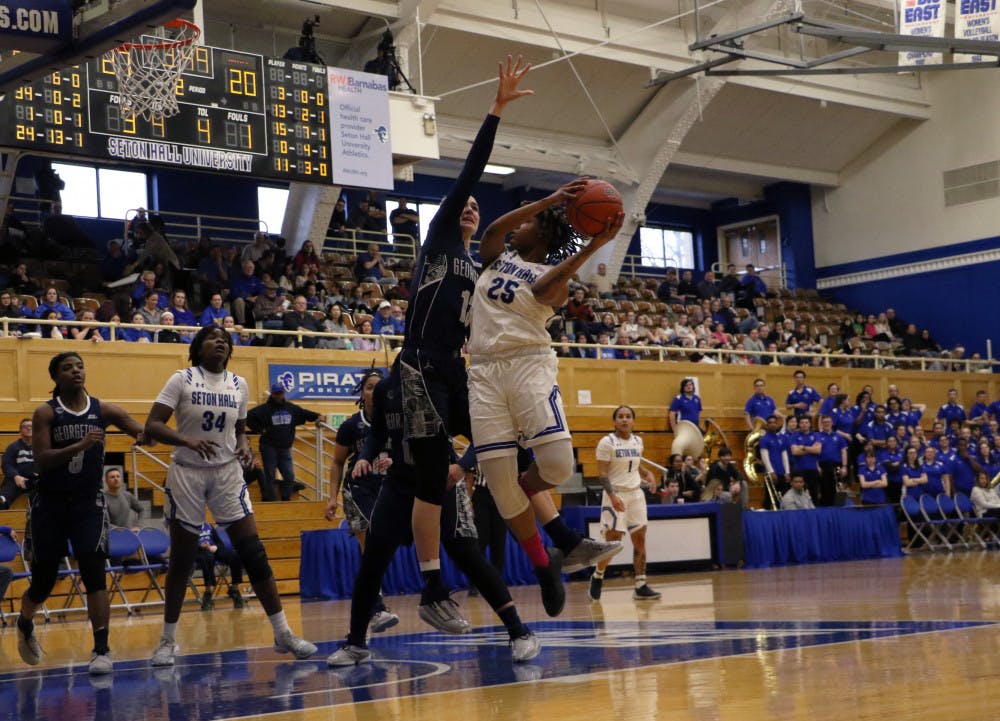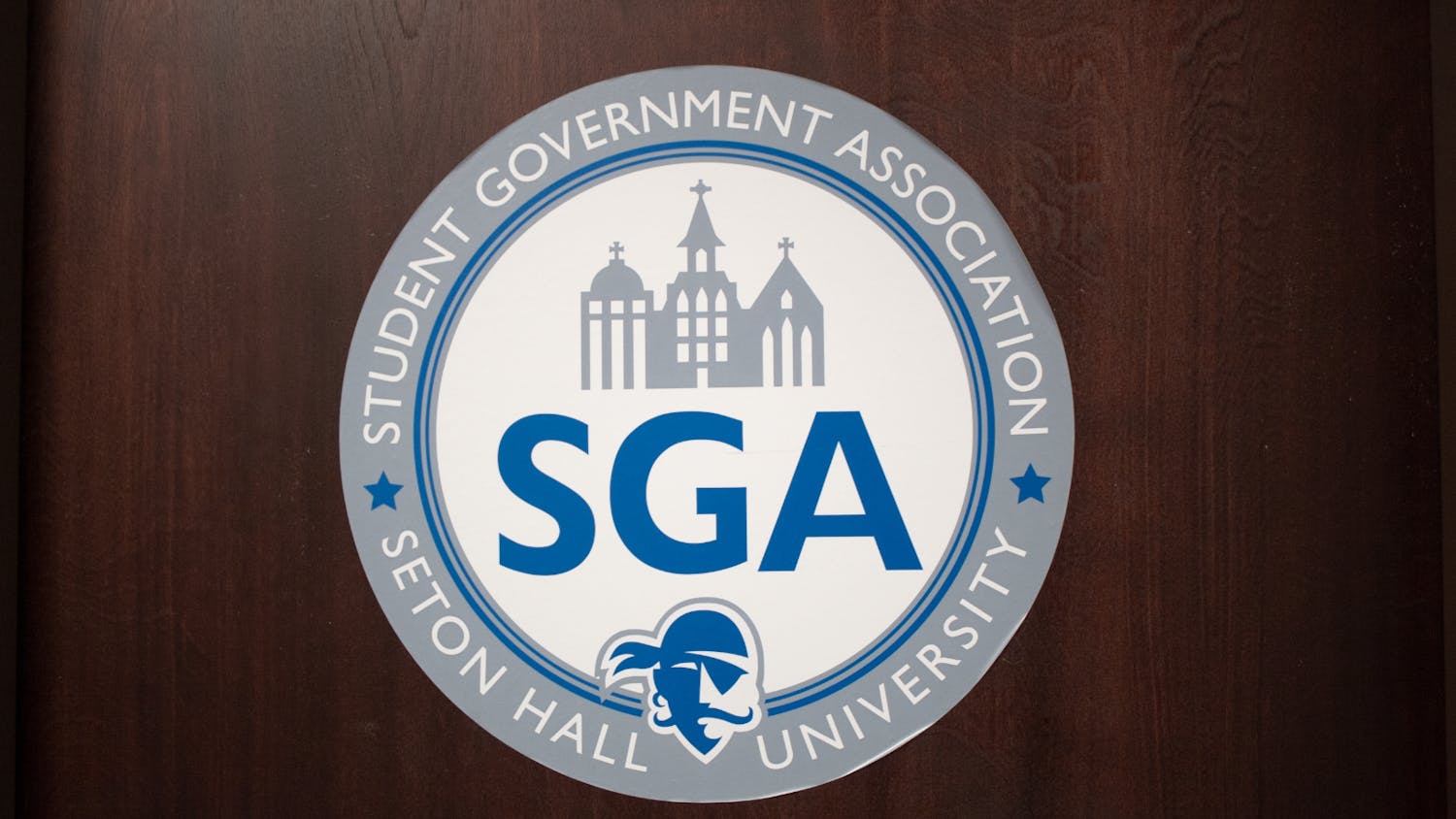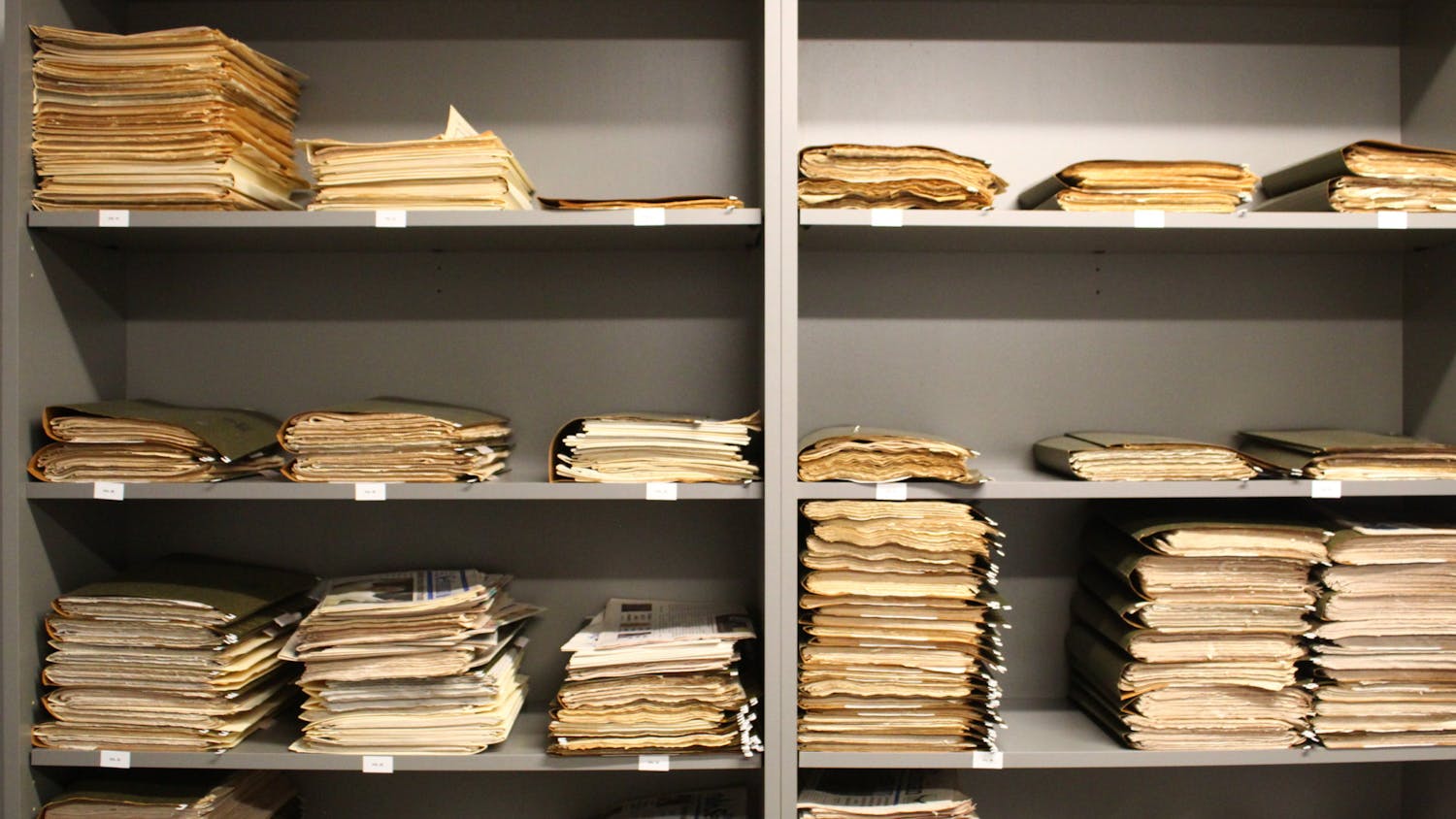 Although the Department of Public Safety and Security recently enacted a campus-wide ban on drones and hoverboards, Gary Christie, assistant director for the department of Public Safety, said it is too early to tell whether the anticipated Amazon drone delivery Prime Air project would be allowed on the Seton Hall campus.
“At this time it is unknown what the municipal, state and federal regulations will be regarding drones as they haven’t been promulgated. Therefore, it is impossible to speculate as to what the effect will be on university policy regarding drones,” Christie said in an email interview. “Amazon will have many hurdles to overcome including logistical issues, licensing and the practicality of such an ambitious undertaking.”
Jose Lopez, a professor in the department of physics,, explained the how the proposed quadcopter drones work. The drones have four propellers parallel to the ground that keep it stable and allow for upward lift. The drones navigate using both a GPS and signal pads.
“What Amazon did which was really smart is they came up with a pad that has sensors that tell it where to leave the package, so when the drone comes within a few hundred feet of your property it looks for that particular landing pad, hover above it, drop the package and fly back to its destination,” Lopez said.
Lopez says there are potential dangers of the Amazon drones. “They’re dangerous because of the altitude they can get,” Lopez said. “You could potentially have a lot of crashes, New Jersey and this area with New York City has a tremendous amount of helicopter traffic.”
Amazon unveiled its Prime Air project in December 2013 and in an interview with “60 Minutes,” Amazon CEO Jeff Bezos predicted a project launch within four to five years. Paul Misener, Amazon’s vice president for global public policy, considers the delivery drone technology that the company announced more than two years ago “very real,” according to an interview with Yahoo Tech News.
Misener said the drones will be able to deliver packages weighing 5 pounds or less within 30 minutes of ordering from Amazon.com.
“Several obstacles stand in the way, such as calculating the cost of drone shipping, delivery to apartment buildings, and approval from the Federal Aviation Administration,” Misener said.
The FAA has already placed a ban on commercial drone flights but as of 2015, the administration has given more than 900 exemptions to farmers, railroads, security services, and medical facilities, according to The Verge, a technology, science, art and culture news source.
Peter Trunk, manager of administrative services in the SHU Mailroom, explained in an email interview how he thinks Amazon drones could affect the mailroom and the safety of students.
“Drone deliveries would have to be limited to a secure area designated by the mailroom,” Trunk said. “Depending on how many people decide to pay for Amazon Prime Air, that could mean a lot of drones flying around.”
Trunk says packages are currently delivered to campus by UPS, FedEx, DHL Express, LaserShip and Amazon. The number of packages delivered varies greatly throughout the year and can range from as few as 80 to as high as 1,500 per day.
Laura Catanzaro, a biology major graduate student, said drone delivery would be an asset to Seton Hall and that she would consider using it.
“I would use it if I was ordering something that I needed as soon as possible, like a textbook,” Catanzaro said. “But if it’s not that important and costs a lot extra, I can just wait for it to come by mail. A broke college kid has to save money when they can.”
Hunter DeSimone can be reached at hunter.desimone@student.shu.edu
Although the Department of Public Safety and Security recently enacted a campus-wide ban on drones and hoverboards, Gary Christie, assistant director for the department of Public Safety, said it is too early to tell whether the anticipated Amazon drone delivery Prime Air project would be allowed on the Seton Hall campus.
“At this time it is unknown what the municipal, state and federal regulations will be regarding drones as they haven’t been promulgated. Therefore, it is impossible to speculate as to what the effect will be on university policy regarding drones,” Christie said in an email interview. “Amazon will have many hurdles to overcome including logistical issues, licensing and the practicality of such an ambitious undertaking.”
Jose Lopez, a professor in the department of physics,, explained the how the proposed quadcopter drones work. The drones have four propellers parallel to the ground that keep it stable and allow for upward lift. The drones navigate using both a GPS and signal pads.
“What Amazon did which was really smart is they came up with a pad that has sensors that tell it where to leave the package, so when the drone comes within a few hundred feet of your property it looks for that particular landing pad, hover above it, drop the package and fly back to its destination,” Lopez said.
Lopez says there are potential dangers of the Amazon drones. “They’re dangerous because of the altitude they can get,” Lopez said. “You could potentially have a lot of crashes, New Jersey and this area with New York City has a tremendous amount of helicopter traffic.”
Amazon unveiled its Prime Air project in December 2013 and in an interview with “60 Minutes,” Amazon CEO Jeff Bezos predicted a project launch within four to five years. Paul Misener, Amazon’s vice president for global public policy, considers the delivery drone technology that the company announced more than two years ago “very real,” according to an interview with Yahoo Tech News.
Misener said the drones will be able to deliver packages weighing 5 pounds or less within 30 minutes of ordering from Amazon.com.
“Several obstacles stand in the way, such as calculating the cost of drone shipping, delivery to apartment buildings, and approval from the Federal Aviation Administration,” Misener said.
The FAA has already placed a ban on commercial drone flights but as of 2015, the administration has given more than 900 exemptions to farmers, railroads, security services, and medical facilities, according to The Verge, a technology, science, art and culture news source.
Peter Trunk, manager of administrative services in the SHU Mailroom, explained in an email interview how he thinks Amazon drones could affect the mailroom and the safety of students.
“Drone deliveries would have to be limited to a secure area designated by the mailroom,” Trunk said. “Depending on how many people decide to pay for Amazon Prime Air, that could mean a lot of drones flying around.”
Trunk says packages are currently delivered to campus by UPS, FedEx, DHL Express, LaserShip and Amazon. The number of packages delivered varies greatly throughout the year and can range from as few as 80 to as high as 1,500 per day.
Laura Catanzaro, a biology major graduate student, said drone delivery would be an asset to Seton Hall and that she would consider using it.
“I would use it if I was ordering something that I needed as soon as possible, like a textbook,” Catanzaro said. “But if it’s not that important and costs a lot extra, I can just wait for it to come by mail. A broke college kid has to save money when they can.”
Hunter DeSimone can be reached at hunter.desimone@student.shu.edu

Comments




